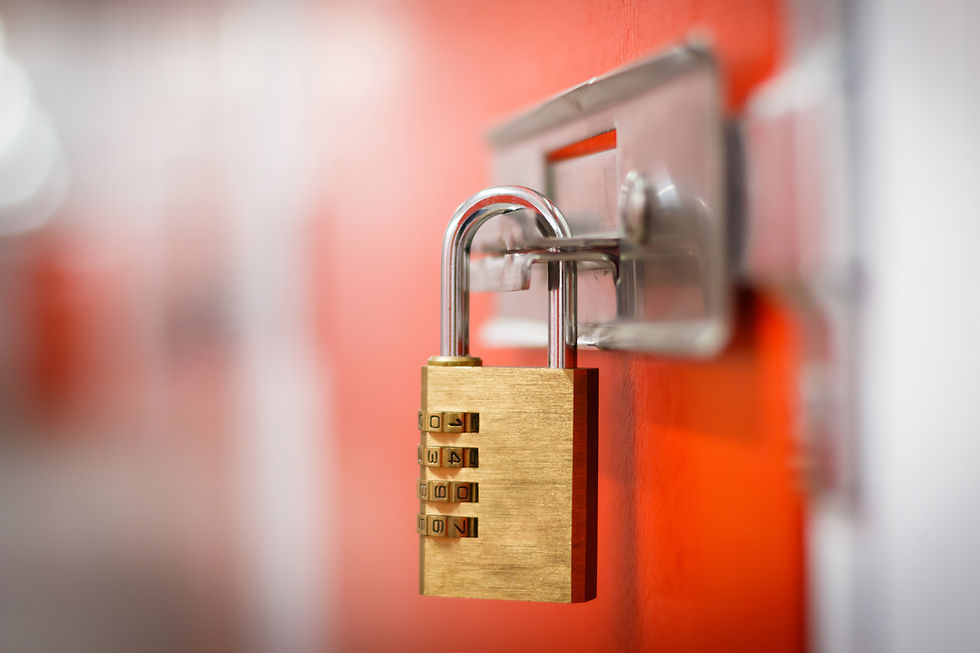Unlock the Risks of Your Escape Room
- Ashley Jalazo
- Apr 10, 2018
- 2 min read
Escape rooms are the hottest new business craze that has taken the world by storm. Make sure you understand the risks of this small business before you open your doors.
The biggest question surrounding escape rooms is: are we really locked in?

Your biggest question should be: can I really lock my customers in a room? In many areas, legislation has taken a hard stance on saying no. Although the temporary incarceration may be voluntary, in cases of emergencies, such as fires, being locked in a room could cause a disaster. Think about it: according to the Department of Homeland Security, fires become life-threatening around the two minute mark. Could you confidently say that you could unlock each room at your venue and lead all of your customers to safety within two minutes? I couldn't.
For other counties and states, the regulations around escape rooms are a bit more lenient, stating that customers may be locked in a room as long as the venue meets the requirements of a lockup. A lockup is a temporary holding in which people are restrained in some manner. You can read up more on what you need to ensure compliance with the National Fire Protection Association here. Read about how Escape Works: Denver markets their true lockup experience on their website.
Before opening your doors and then subsequently putting the locks on them, make sure you know the regulations in your area! Currently there is no universal law that regulates this controversial business. If you already own and operate one venue and are looking to open another, know that the same rules may not apply.
So, what's your safest bet? Just don't lock them up! Many escape rooms have taken the risk out of their equations completely by opting for a two door option. Your customers enter through a first door, that is always kept unlocked, and must solve the clues to unlock the door farthest from them. This sometimes means unlocking a second door in between the two (which stays open after the initial unlock) to give the effect of being trapped, while actually having a route to safety at all times. You can read more about how Open Door Escape Games markets their open door policy on their FAQ page. This is not only a great option to improve your fire safety plan, but also to allow customers with claustrophobia and young children, as well as with other conditions that may prevent them from being locked up for 60 minutes, to participate in your escape room!






Comments